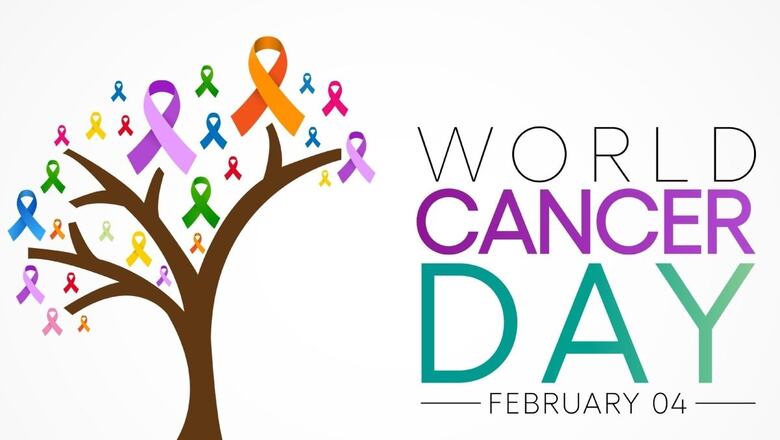
views
There are many precancerous lesions which precede development of cancer. It is important to know about them as if you have them you need to seek the help of an oncologist. These precancerous lesions differ according to the site of the body and according to the type of the lesion.
Oral cancers are one of the commonest cancers in this country and in today’s article we would talk about precancerous lesions which can lead to development of oral carcinoma.
1. Leukoplakia- The term leukoplakia describes a white patch or plaque that cannot be characterized clinically or pathologically as any other disease. The rate of progression to malignancy has been reported to be between 3.6% and 17.5%. A literature review by Warnakulasuriya and Ariyawardana suggested that risk factors for malignant transformation of oral leukoplakia include advanced age, female sex, lesions of more than 200 mm2, nonhomogeneous lesions, and higher-grade dysplasia.
2. Submucosal fibrosis- Oral submucous fibrosis (OSF) is a chronic progressive condition found predominantly in the Indian subcontinent. OSF is considered to be the result of the use of the Areca nut product with resultant disruption of the extracellular matrix. Hence mouth opening decreases. Long-term studies suggest a malignant transformation rate in approximately 7% of these lesions.
3. Erythroplakia- Erythroplakia is a clinical term used to describe a fiery red patch that cannot be clinically or pathologically distinguished as any other definable disease. A literature by Lorenzo-Pouso found the malignant development rate of oral erythroplakia to be 19.9%.
4. Palatal lesions in reverse smokers- The palatal lesion of reverse smokers is unique to individuals who place the lit end of a cigarette inside the mouth. The resulting palatal lesion may appear clinically as a red, white, melanotic patch or papule. Up to 84% of palatal lesions have been demonstrated to harbor dysplasia upon histologic analysis
These lesions are largely seen in tobacco users and need to be monitored closely as they carry a high risk of malignant transformation. Hence if you have a white patch in your mouth or a red patch in your mouth or there is decrease in mouth opening you may be harboring an oral cancer and you need to see an oncologist.




















Comments
0 comment